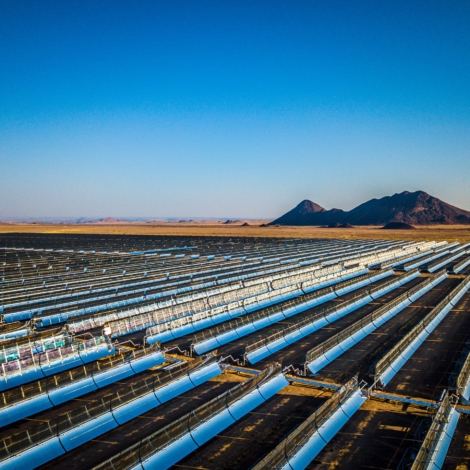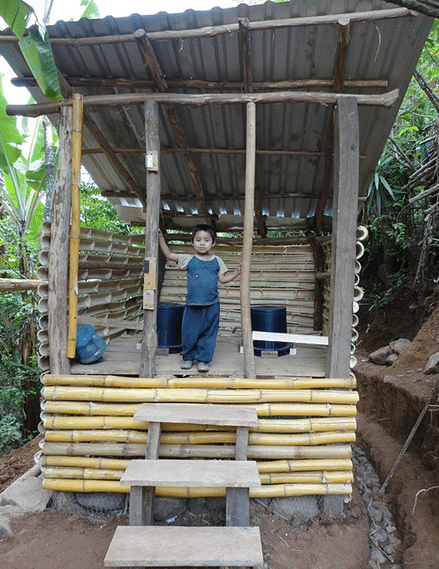See Cleantech Group’s Global Cleantech 100
Crop inputs, industrial tech and solar innovation saw an uptick in 2023, while water and disaster resilience were stagnant according to the latest Global Cleantech 100. Cleantech Group’s annual list identifies leading green and clean companies, plus supplementary analysis of investments and trends gleaned from 15 years of tracking the sector.
The depth of this well of data is unusual in a sector that is still relatively new. The first list was published in 2009, a time when Cleantech Group could still email Elon Musk for details about his up and coming electric car company, as Cleantech’s CEO Richard Youngman wrote in his introduction to the report.
Cleantech maintains that the quality of its data is high and these are not editorial opinions. This year’s list is based in 25,000 nominations scored and distilled to 330, each judged by a panel of 86 third-party experts.
The rise of hardware
Innovation and investment in hardware were at an all-time high in 2023 at 13 percent of all the investments tracked. That’s up from 6 percent in pre-pandemic years and higher than any other year measured.
“Software has always been very popular with the venture capital crowd for the obvious reason that it’s highly scalable, grows fast, and generally doesn’t require a lot of capital expenditure. But we have seen over the past few years, and especially I’d say in the past 18 months, more of a trend towards the hard tech or critical deep tech,” Deorsey says.
The group tracked notable growth in things like battery materials, fusion, geothermal power and temperature regulation and hydrogen production for aviation and maritime fuels. Why? We may be at a point of diminishing returns in which software has done its job. Efficiencies are maximized. At the same time, new and next-generation technologies are in development.
Solar is back
Solar technologies had not been strongly represented on the list in recent years, but they are back now, thanks in large part to the US Inflation Reduction Act and the EU’s Net-Zero Industry Act. The IRA reported $100 billion in announced investments and anticipates 100,000 solar manufacturing jobs by 2033. Solar dominated finance and loans toward venture-backed companies, according to the report.
Deorsey mentioned highlights including materials, such as Oxford PV producing perovskite-on-silicon solar cells for cheaper energy, and Yotta Energy developing panels and storage for buildings. Then there’s software that improves efficiencies, such as Terabase Energy’s models of solar deployment; tools for remote monitoring and servicing, exemplified by Omnidian; and innovation in end-of-life recycling by companies such as ROSI.
New year, new crops
Technologies that increase agricultural yields have always had a presence on Cleantech’s lists over the years, but innovation and investments have doubled since 2020. These crop inputs include new methods of gene editing, coatings and methods and innovation that increase flood and drought resiliency.
“In my opinion, it’ll be a trend that continues,” Deorsey says. Why? Population growth and climate-related changes in arable land should prompt investment in that category.
Industry and manufacturing are up
Industrial and manufacturing companies comprised only 2 percent of the 2020 Cleantech 100 list, but their presence has now tripled to 6 percent. Batteries, steel and cement lead the growth. Steel and cement innovation took an unexpected turn, Deorsey says, reducing the energy needed to produce these commodities.
Water and disaster resiliency innovation are down
Innovation in water treatment and provision is scarce, and the low value of water in general may be a deterrent to companies entering the sector. And innovation that mitigates the effects of natural disasters has also been underrepresented on the Cleantech list this year, in spite of a run of wildfires, floods, hurricanes, drought and freezes amplified by climate change.
Investment is trending up?
Investment has fallen from anomalous highs during the pandemic years, and headlines comparing recent investments to those of only two years ago portray a plunge. But tracing a line from pre-pandemic investments to now, analysis in Cleantech100 shows an upward slope with a spike in the middle. In other words, investment is up in the big picture, as Anthony Deorsey, Research Manager at Cleantech Group, points out.

